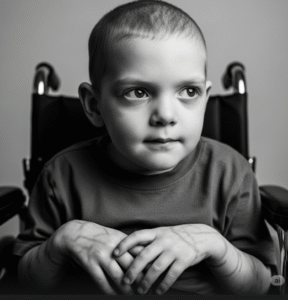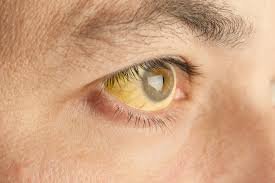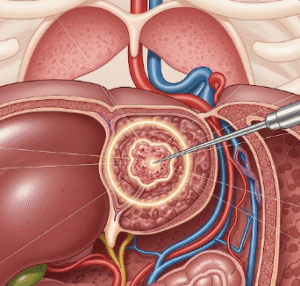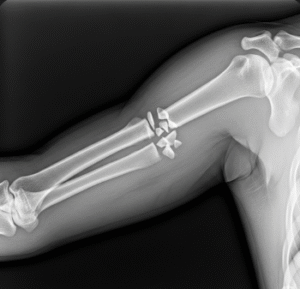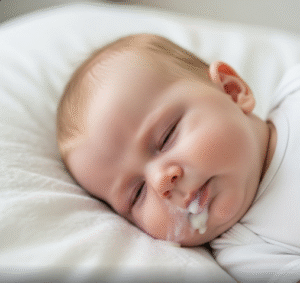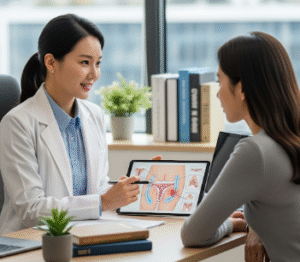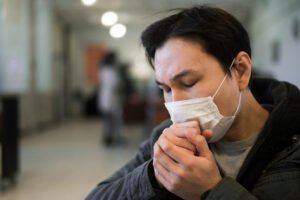Overview
Pain in the testicles, also called testicular pain or orchialgia, is a symptom that can affect men of any age. It may range from a mild discomfort to severe, sharp pain, often sudden in onset. The pain can occur in one or both testicles and sometimes radiates to the lower abdomen, groin, or lower back.
Testicular pain is not a disease itself but a warning sign of underlying conditions, ranging from minor infections to serious medical emergencies like testicular torsion. Early evaluation is critical to prevent long-term complications, preserve fertility, and avoid systemic infection.
In Korea, advanced urology, emergency, and diagnostic facilities are available, allowing rapid assessment, imaging, and treatment. Hospitals offer ultrasound, CT scans, and laboratory testing to accurately diagnose the cause of testicular pain.
➤ Pain or discomfort in one or both testicles
➤ May indicate infection, injury, or urological emergency
➤ Early medical attention can prevent complications
Key Facts
➤ Testicular pain can be acute or chronic.
➤ Acute pain is sudden and severe, often requiring urgent care.
➤ Chronic pain lasts longer than three months and may indicate underlying inflammation or nerve-related issues.
➤ Common causes include infection, trauma, torsion, hernia, or referred pain from other organs.
➤ Korean hospitals provide emergency urology services and advanced minimally invasive treatments.
What is Pain in Testicles?
Pain in the testicles refers to any discomfort or sharp sensation in the scrotal area. It may be accompanied by swelling, redness, warmth, or tenderness, depending on the cause.
Types of testicular pain include:
➤ Acute Pain: Sudden, intense, often requiring emergency evaluation (e.g., testicular torsion).
➤ Chronic Pain: Persistent over months, often associated with inflammation, infection, or nerve involvement.
➤ Referred Pain: Pain originating from another site, such as the kidneys, lower abdomen, or groin, perceived in the testicles.
What Symptoms Are Related To
Testicular pain may occur with other signs depending on the underlying cause:
➤ Swelling or enlargement of one or both testicles.
➤ Redness or warmth of the scrotum.
➤ Tenderness or heaviness in the testicles.
➤ Fever or chills (if infection is present).
➤ Nausea or vomiting (especially in acute torsion).
➤ Pain radiating to the lower abdomen, groin, or back.
➤ Discharge from the penis (possible sexually transmitted infection).
➤ Difficulty urinating or burning sensation (urinary tract involvement).
What Causes / Possible Causes
Testicular pain can arise from various urological, infectious, traumatic, or systemic conditions. Key causes include:
➤ Testicular Torsion
➤ Twisting of the spermatic cord cuts off blood flow.
➤ Medical emergency requiring surgery within hours to save the testicle.
➤ Infections
➤ Epididymitis – infection of the epididymis, often bacterial or sexually transmitted.
➤ Orchitis – infection of the testicle itself, sometimes viral (e.g., mumps).
➤ Urinary tract infections spreading to the reproductive system.
➤ Trauma or Injury
➤ Direct blow to the testicles.
➤ Sports injuries or accidents.
➤ Hernia or Other Structural Causes
➤ Inguinal hernia causing referred pain to the testicles.
➤ Hydrocele or varicocele.
➤ Systemic Causes
➤ Kidney stones or urinary tract obstruction can cause referred pain.
➤ Nerve-related pain from the lower spine or pelvic region.
When Should I See My Doctor
Seek urgent medical attention if you experience:
➤ Sudden, severe pain in one testicle (possible torsion).
➤ Swelling, redness, or warmth in the scrotum.
➤ Fever, chills, or systemic signs of infection.
➤ Nausea or vomiting accompanying testicular pain.
➤ Pain after trauma or injury.
➤ Persistent or recurrent pain lasting more than a few days.
Early intervention is crucial to prevent loss of the testicle, infertility, or permanent damage.
Care and Treatment
Treatment depends on the underlying cause of the pain:
➤ Acute Testicular Torsion
➤ Immediate surgical intervention to untwist the spermatic cord.
➤ Delayed treatment may result in loss of the testicle.
➤ Infections (Epididymitis, Orchitis)
➤ Antibiotics based on culture results.
➤ Pain management with analgesics.
➤ Rest, scrotal elevation, and supportive care.
➤ Trauma or Injury
➤ Ice packs, analgesics, and rest.
➤ Evaluation for hematoma or testicular rupture.
➤ Hernia or Structural Abnormalities
➤ Surgical repair of hernia or correction of hydrocele/varicocele.
➤ Chronic or Referred Pain
➤ Physical therapy, nerve blocks, or minimally invasive procedures.
➤ Pain management programs for long-term relief.
Treatment Options in Korea
Korea provides state-of-the-art urology care for testicular pain, combining emergency, surgical, and supportive approaches.
➤ Top Hospitals for Testicular Pain & Urology
➤ Asan Medical Center (Seoul): Emergency urology and minimally invasive surgery.
➤ Samsung Medical Center: Advanced diagnostics, scrotal ultrasonography, and surgical interventions.
➤ Seoul National University Hospital (SNUH): Specialized in chronic orchialgia and reproductive health.
➤ Yonsei Severance Hospital: Comprehensive care for trauma, infections, and structural abnormalities.
➤ Advanced Diagnostic Tools
➤ Doppler ultrasound for blood flow assessment.
➤ CT or MRI for referred pain or deep structural evaluation.
➤ Urine and blood tests for infection or systemic conditions.
➤ Modern Interventions
➤ Surgical repair of torsion, hernia, or varicocele.
➤ Minimally invasive drainage for abscesses.
➤ Antibiotic therapy guided by culture sensitivity.
➤ Postoperative rehabilitation and fertility preservation programs.


